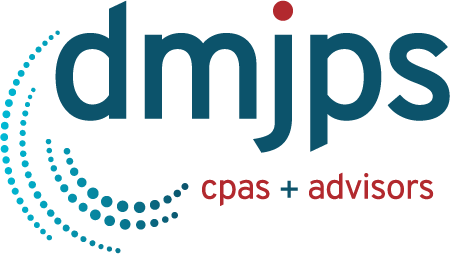On March 18, 2020, the President signed the “Families First Coronavirus Response Act” (HR 6201) (“the Act”) to provide some relief from the economic effects of the current outbreak. Many of these benefits to employees are the responsibility of the employer, and tax credits are granted to help offset some of these costs.
Many large law firms have issued detailed memos explaining the legal requirements under this Act. Those are superior resources for legal implications. This memorandum will mention those requirements only as a background so that the reader can better understand the tax relief available under those requirements.
Emergency Family and Medical Leave Expansion Act. The Act includes the Emergency Family and Medical Leave Expansion Act (EFMLEA) requires employers with fewer than 500 employees to grant paid sick time to employees affected by the virus. If an employee has been employed for at least 30 days and is unable to work (whether at the employer’s assigned location or from home) due to –
- Caring for a son or daughter under age 18 because a school or childcare facility has been closed, and a childcare provider is not available, or
- A COVID-19 emergency that is declared by a federal, state, or local authority.
The first 10 days may be unpaid. But after that period, paid leave is required, at no less than two-thirds of the employee’s regular rate of pay, at the number of hours they would have normally been scheduled to work. This is capped at $200 per day ($10,000 total per employee).
Emergency Paid Sick Leave Act. The Act also includes the Emergency Paid Sick Leave Act (EPSLA), which is an entirely different paid leave requirement. The EPSLA applies to private employers with under 500 employees and to public employers of any size. Up to 80 hours of paid sick time must be granted to full-time employees who are unable to work. Part-time employees are eligible based on their average number of hours worked over the prior two weeks. The benefit applies immediately, regardless of how long the individual has been employed.
Employees must be paid at their regular rate of pay, with a maximum of $511 per day ($5,110 total per employee) for these classes of workers –
- Those subject to a quarantine or isolation order,
- Those advised by a health provider to self-quarantine, or
- Those experiencing symptoms and seeking a diagnosis.
Other employees must be paid at two-thirds of their normal rate of pay, with a maximum of $200 per day ($2,000 total per employee). Those employees are –
- Those caring for an individual in the three prior categories,
- Those caring for a child whose school or daycare is closed or unavailable, or
- Those experiencing a “substantially similar condition” as specified by the Secretary of Health and Human Services.
Employers cannot require that employees use other sick time first. The DOL may decide to exempt business with fewer than 50 employees.
The EPSLA takes effect within 15 days of enactment (which is 3/18/2020) and expires 12/31/2020.
Tax credits. The Act includes a tax credit to employers who paid wages to employees under the EMFLEA and EPSLA. The credits have several components.
- The EPSLA credit is the lesser of –
- The amount of the leave pay, or
- The $511 or $200 maximum per day.
The amount of credit is limited to 10 days per employee through 12/31/2020.
- The EMFLEA credit is the amount of leave paid ($200 per day with a maximum of $10,000 per employee).
- The amount of the EPSLA and EMFLEA credits are increased by the employer’s “qualified health plan expenses” allocable to this pay. These costs must be excluded from the employee’s gross income to be eligible.
- The amount of the EPSLA and EMFLEA credits are increased by the 1.45% employer Medicare employment tax.
Other rules.
Wages paid under the EPSLA and EMFLEA are not considered wages subject to the FICA tax.
These credits apply to wages paid in the eligible period. The period begins within 15 days of enactment (which is 3/18/2020) as designated by the Secretary of the Treasury and expires 12/31/2020.
These credits are reported on the employer payroll tax returns and are refundable to the extent they exceed the employer’s payroll tax.
Collections under the credit are considered gross income for the calculation of 2020 income tax.
Self-employed taxpayers. The EPSLA rules also apply to the self-employed. The amount of the credit is the average daily self-employment income, subject to the dollar limits given above, based on your situation. Self-employed persons can also receive a credit for up to 50 days of the EMFLEA, which is at the rate of the lesser of $200 or two-thirds of their average self-employment income (defined as total self-employment income divided by 260 days).
Please contact us if you have any questions.

